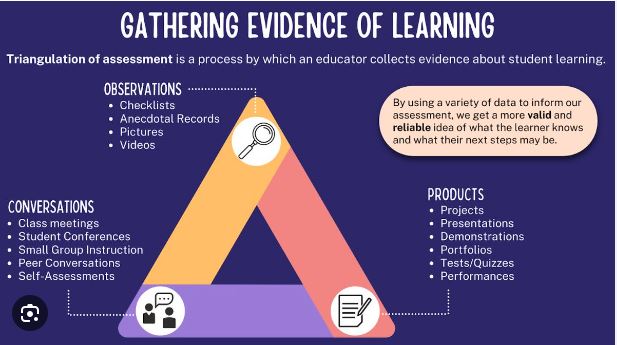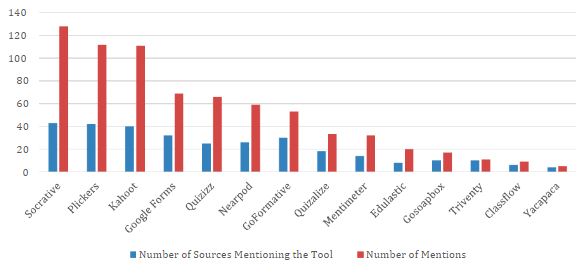As assessment goes, things sure have changed since the days of the scantron bubble sheets. With the rise of Social Media and being online more than ever, why not embrace the technology and use it in the classroom spaces for assessment. Well, I would agree that these new tools can totally belong but it is not a means to the end. The late Joe Bower, a is quoted as saying,
Assessment is not a spreadsheet, it’s a conversation.
In his presentation above, Joe references how assessment needs to be simplified and not overly complicated, trust in the basics of developing relationships with your students. Assigning tasks, or tests, to rely wholly on for assessment cannot be the only way you assess your students. If it is, Joe’s response nails it on the head,
Quite frankly, if you’re telling me you need a test or a grade to find out what the kids are learning, my response or question back to you is, what have you been doing? Have you not been working with them? Should you not have observed the learning while they were learning?

Triangulation of Assessment
When I think of assessment, the triangulation of assessment is a practice that has changed my classroom for the better. I wish it was something I would of known earlier and used more of as a teacher earlier in my career.

Assessment has many different aspects to it, formative vs summative, using observations, conversations, products, as a basis for classroom assessment allows the teacher to use more professional judgement in how they can best assess each student- as each student is unique and differing from one another. In his presentation Joe discusses that not everything in life is easily assessed, but you can rely on the ability to observe and describe what you are seeing with your students.
So with all of that added information, how do you go about selecting online assessment tools that will work for your students? Unfortunately, in my experience through trial and error. Seeing and experiencing the tools as a learner first, and then looking at the tools as a teacher for assessment purposes can be the most beneficial. I’ve enjoyed these tech classes as I don’t necessarily have to trial everything for myself, I can first hear and see the pros and cons, then try myself. The eAA (e-Assessment Association) presents the positives and negatives of online assessments.
For many of the assessment tools there are many pros.

Top 14 DFA Tools as found in https://www.researchgate.net/publication/352994478_A_review_of_digital_formative_assessment_tools_Features_and_future_directions
- Instant feedback for the students
- Instant grading for the teacher
- Data collection and data driven instruction
- Interactive Learning
- Insights and Analytics
- Scalability
Equally there are the cons.
- Academic integrity
- Access and Equity
- Digital Literacy
- Data Privacy
- Measuring Learning Outcomes
- Cost to subscribe to platforms!
So after all of that where do I stand? As we discussed in class this week, online assessment tools such as Kahoots, you have to ask yourself are we really getting good assessment or are we relying on behavouristic tendancies for data? Or are we causing panic and anxiety to quickly choose the yellow triangle as an answer. Now the collaboration and interaction Padlets and other assessment that are similar, provide alternative ways for students to respond to assignments that can be beneficial. I still find myself going back to the triangulation of assessment. Incorporation of multiple assessment tools, whether online or real time, is the best way to get the most out of assessing my students. What’s an assignment where you use multiple ways of assessing your students that you have had success with?

Thank you for your thoughts! I have never seen that triangulation of assessment before, but be sure I am going to research that now. I feel like I do focus a lot on observations and products quite a bit, but the conversations I know I am not using to the same level. I usually use conversations for connection and not assessment. Thank you for writing about this and sharing your experience. While you may not have found this information earlier in your career, you are ensuring other are. Thank you.